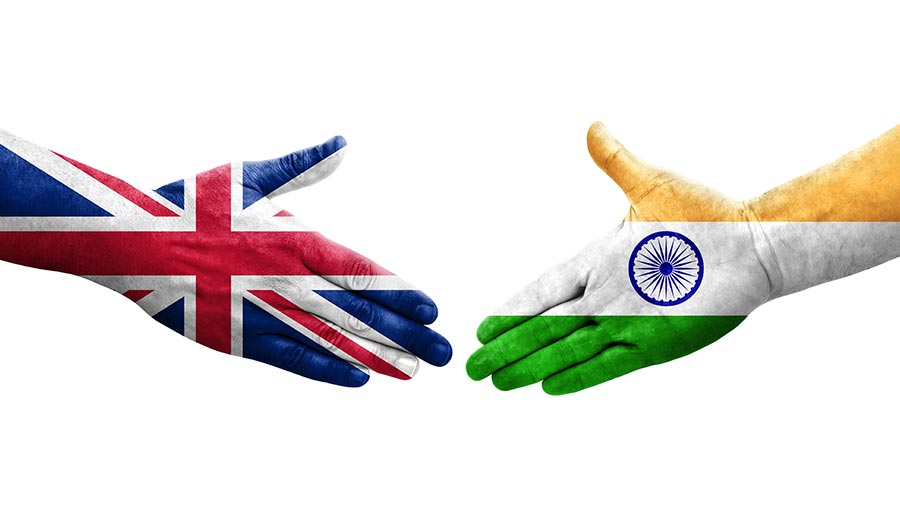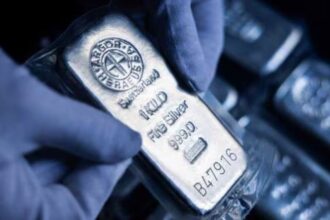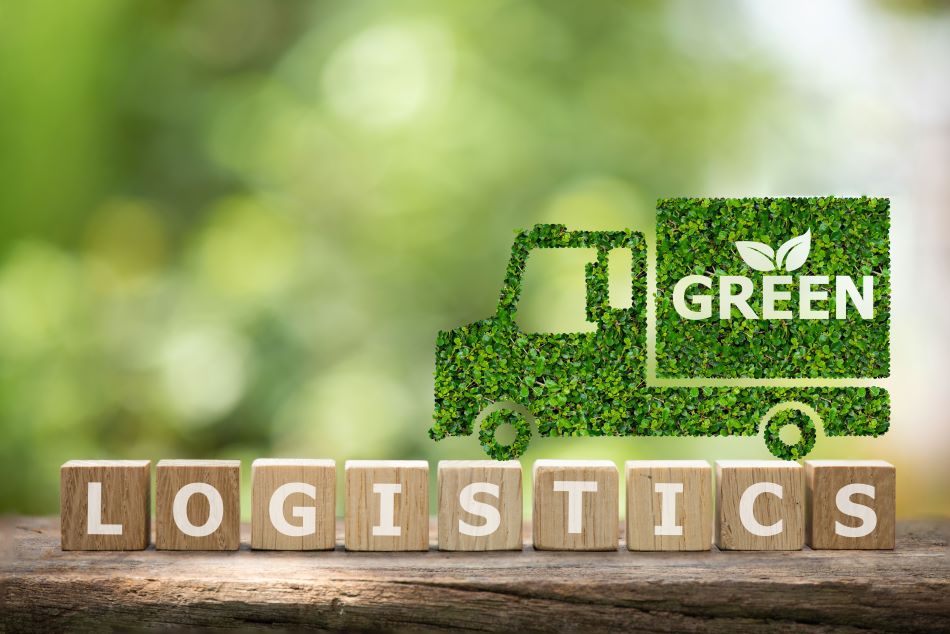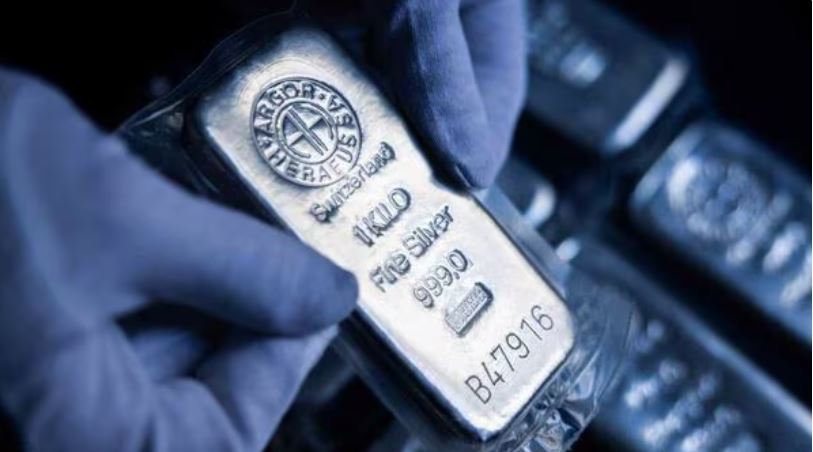A free trade agreement between the world’s fifth and sixth largest economies—India and the UK, respectively—has been hailed a “historic day” by Keir Starmer and Narendra Modi. The landmark deal will see the average tariffs on UK goods being slashed from 15% to 3%.
The signing of the Comprehensive Economic and Trade Agreement (CETA) on July 24 will see elimination of 99 percent of tariff lines, suggesting that almost 100 percent of Indian goods, including leather, textiles, marine products, chemicals, gems and jewelry, engineering products, agri-products, and chemicals will foray into the UK markets at zero duty.
Gains for India
India’s textiles and clothing sector will reportedly get duty-free access across 1,143 product categories. The UK government exhorts that imports from India in the apparel, textiles, and leather sectors will surge by around £2.9 billion. The leather and footwear market will apparently gain a foothold with the removal of 16% tariffs, indicating a good omen for MSMEs.
The Indian agriculture sector will take a huge leap as the UK markets open duty-free access to almost all Indian Agri exports. It is worth noting that the agriculture sector comprises 14.8% of all product tariff lines, accounting for 1,437 tariff lines.
Several media outlets, including the BBC and the Times of India, have noted that jewelry will become cheaper to export to the UK. In essence, India’s Press Information Bureau (PIB) notes that a reduction in tariffs will double the exports of gems and jewelry to the UK within the next 2-3 years.
Media reports also allude to a rise in the exports of India’s sports goods, such as rugby balls, soccer balls, cricket gear, and non-electronic toys. Moreover, Indian pharma players are likely to enjoy zero-duty access to medical devices, including diagnostic equipment, X-ray systems, surgical instruments, and ECG machines in the UK market.
Gains for the UK
Since quitting the EU, the deal with India is seen as the UK’s most economically significant and the biggest new FTA agreement. The automotive industry, for instance, can reap the dividends, as the UK car manufacturers will see a quota reducing the tariff to 10% from a massive 110%.
Beverages will witness a notable rise in the UK exports—Indian tariffs on whiskies will plunge from 150% to 40% over 10 years. The FTA with India will help UK businesses make trade faster, cheaper, and more accessible through paperless trade and digital system compatibility.
UK exports of gin and whiskey, cosmetics, medical devices, electricals, aerospace, luxury cars, salmon, lamb, biscuits, and chocolates will observe a dip in tariff. The Pact will boost the UK’s GDP by 0.13%, translating to £4.8 billion.
The UK government estimates that tariff reductions, along with a minimization of regulatory barriers, can increase UK exports to India by almost 60% in the long run, while the fall in levies will boost UK imports from India by 25% (in the long run). The macroeconomic influence is expected to augment bilateral trade by nearly 39% in the long run, translating to £25.5 billion a year.
The agreement, signed by the Secretary of State for Business and Trade, Mr. Jonathan Reynolds, and the Commerce and Industry Minister, Mr. Piyush Goyal, comes against the backdrop of negotiations announced on May 6, 2025.
The FTA aims to double bilateral trade to USD 112 billion by 2030, states the Press Information Bureau. Meanwhile, CETA will give national treatment to UK companies, enabling them to provide services in India without the establishment of local offices, cites the Times of India, quoting PTI.
For the record, the Indian cabinet has ratified the FTA, while the approval from the UK parliament is pending. BBC claims that it may take a year to come into force.
















